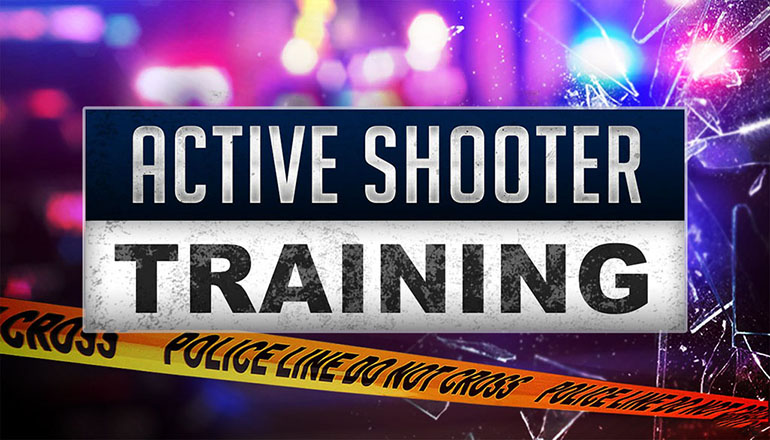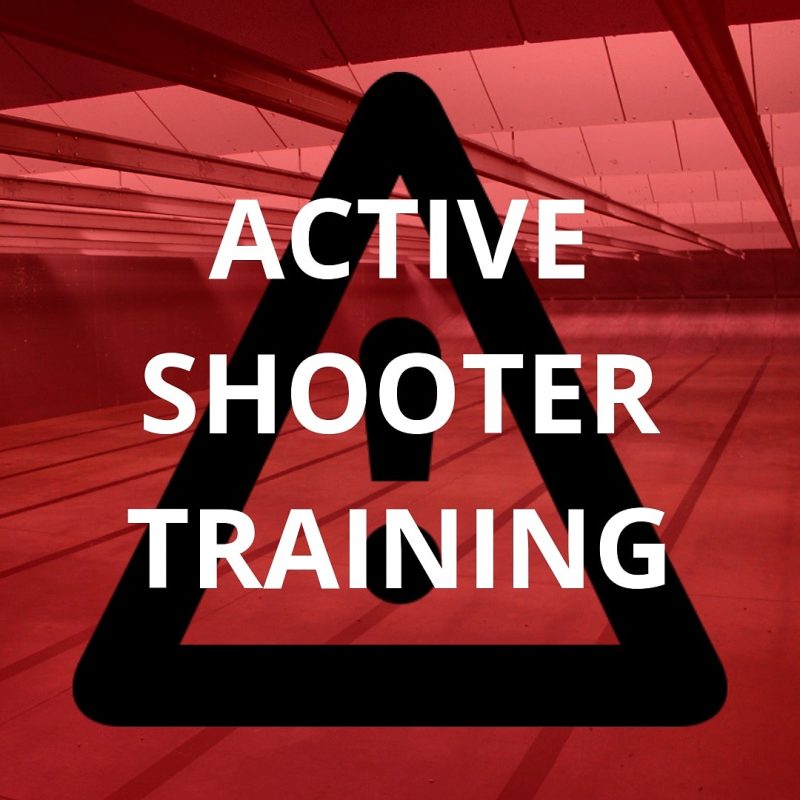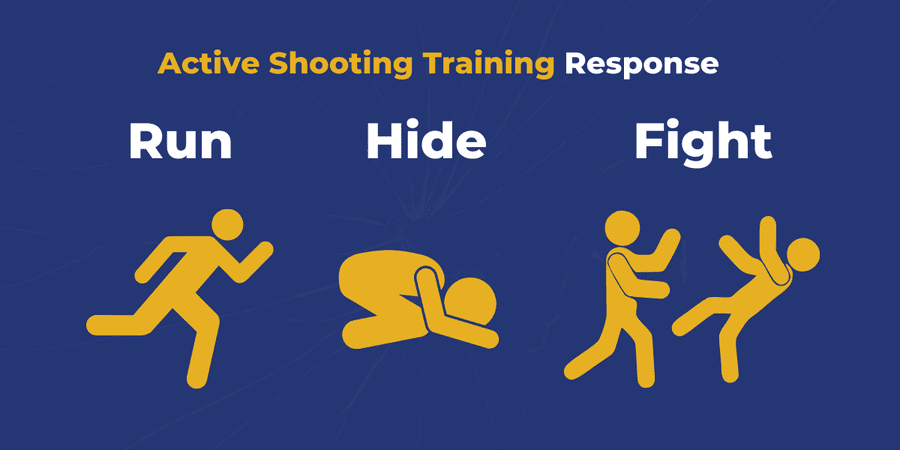Applying Active Shooter Training: Best Practices for Creating a Safe and Prepared Community Environment
As communities face the disturbing fact of active shooter events, the execution of extensive training programs comes to be crucial. What are the crucial elements that can transform a basic training program into a durable design for neighborhood resilience?

Comprehending the Need for Training
In a period noted by enhancing occurrences of physical violence in public rooms, comprehending the requirement for active shooter training has never ever been extra vital. The prevalence of mass capturings across numerous environmentsâEUR" such as schools, work environments, and shopping centersâEUR" highlights the urgency for people and companies to be planned for such emergencies. Energetic shooter situations can unravel rapidly, leaving little time for people to respond efficiently. Consequently, comprehensive training efforts can outfit participants with the understanding and abilities to react emphatically.
Moreover, the emotional impact of violence on individuals and neighborhoods can not be overemphasized. Training cultivates a sense of empowerment and preparedness, allowing people to feel even more safe and secure in their environments. It likewise promotes a society of safety, where awareness and watchfulness become important components of everyday life. The advantages of energetic shooter training extend past prompt action; they include boosting interaction protocols and boosting total precaution within companies.
Secret Elements of Effective Programs
Effective energetic shooter training programs include numerous crucial elements that boost preparedness and feedback abilities. First, thorough educational program advancement is necessary, making certain that training material is pertinent, evidence-based, and customized to the details requirements of the organization or community. This consists of understanding the dynamics of energetic shooter cases and the emotional effect on individuals involved.
2nd, realistic training circumstances must be used to simulate potential circumstances, allowing participants to practice decision-making and action approaches in a controlled environment. These drills promote muscle mass memory and build confidence among individuals.
Third, a concentrate on communication protocols is essential. Developing clear lines of communication amongst law enforcement, emergency situation responders, and individuals makes certain worked with reactions during an occurrence. Normal updates and refresher course courses help maintain interaction paths clear and reliable.
4th, ongoing assessment and comments devices should be incorporated into the training program - active shooter training. Evaluating the efficiency of training via participant feedback and efficiency metrics permits constant improvement
Lastly, promoting a culture of security and preparedness within the area encourages watchfulness and positive procedures, guaranteeing that people are not only skilled however additionally involved in preserving a secure atmosphere.
Engaging Neighborhood Stakeholders

To successfully engage these stakeholders, it is vital to interact the objectives and advantages of the training. Holding educational sessions can help clarify the training's function, address issues, and outline the functions each stakeholder may play. Creating a stakeholder advising board can assist in recurring dialogue, permitting for diverse viewpoints and insights to be integrated into the training program.
Building relationships with neighborhood leaders and companies is likewise important. Their assistance can enhance outreach efforts, increase participation, and ensure that training is customized to the one-of-a-kind needs of the community. Additionally, stakeholders can aid in sharing information and resources, enhancing the message of safety and security and readiness.
Eventually, engaging community stakeholders not only strengthens the training initiative but also grows a feeling of possession amongst citizens, causing an extra resilient and enlightened community qualified of reacting Our site effectively to potential hazards.
Training Distribution Methods
Using a variety of training delivery approaches is important to accommodate the varied understanding designs and needs of participants in active shooter training programs (active shooter training). Reliable training can take numerous types, consisting of lectures, hands-on simulations, on the internet modules, and interactive workshops. Each approach offers an unique purpose and can boost the general knowing experience

Online modules provide versatility and accessibility, making it possible for participants to discover at their very own rate. These can consist of videos, tests, and discussions to gauge understanding. Interactive workshops urge seminar and analytic, promoting synergy and communication skills.
Incorporating a combined strategy that combines these methods not just improves the training experience however likewise makes sure that participants are better prepared to react effectively in the event of an energetic shooter situation (active shooter training). By attending to numerous finding out preferences, organizations can develop an extra informed and responsive area
Continual Examination and Improvement
Normal assessment and enhancement of active shooter training programs are go to this website critical to preserving their significance and performance. As hazards evolve, so have to the strategies and methods utilized in training. Continuous evaluation makes certain that training content shows the most up to date knowledge on energetic shooter incidents, integrating lessons gained from recent events and readjusting for arising patterns.
To promote this process, companies should establish responses systems that include participant examinations, professional testimonials, and occurrence debriefs. Collecting data on individual performance throughout drills and exercises is essential, as it highlights locations needing improvement and informs future training sessions. Furthermore, engaging with police and emergency -responders can provide beneficial insights right into the functionality and applicability of training procedures.
Consistently arranged reviews of training materials and methods must be mandated, fostering an atmosphere of advancement and flexibility. Organizations has to likewise urge a society of continuous learning, where employee feel encouraged to recommend changes based upon their experiences. By devoting to continuous click this assessment and enhancement, organizations not only enhance the performance of their active shooter training programs yet likewise reinforce their overall commitment to security and readiness within the area.
Final Thought
To conclude, effective implementation of active shooter training requires an extensive method that prioritizes community engagement and practical simulations. By creating customized curricula, including varied training approaches, and cultivating collaboration amongst stakeholders, communities can improve readiness. Continuous assessment and feedback mechanisms are important for adjusting programs to arising risks, therefore reinforcing overall safety. Ultimately, a dedication to recurring training and renovation grows a culture of watchfulness and preparedness, ensuring a more secure setting for all neighborhood members.